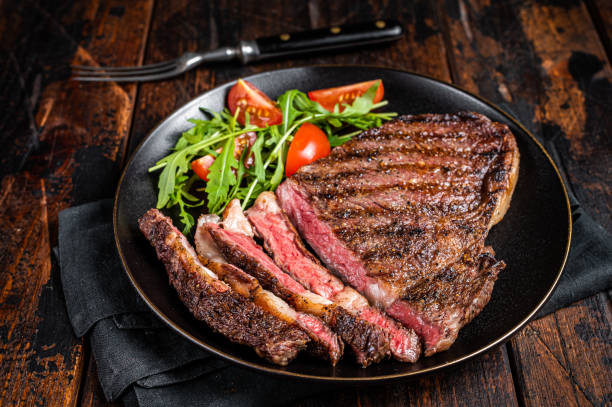From Bean to Cup: Exploring the Journey of Coffee
Coffee journey
Coffee has become an integral part of people's daily lives all around the world. Whether you enjoy it as a morning ritual or an afternoon pick-me-up, the journey of coffee from bean to cup is a fascinating process that involves various stages and a deep appreciation for the craft. In this article, we will delve into the intricate journey of coffee, exploring its origins, flavors, and the industry insights that shape our caffeine-filled world.

Coffee origins and flavors
The story of coffee begins in the lush landscapes of its origin. Coffee is derived from the seeds of the Coffea plant, which is native to tropical regions of Africa, particularly Ethiopia. The plant's cherries are handpicked, and their seeds are extracted and dried to create the coffee beans we are familiar with.
Each coffee-growing region has its unique flavor profiles, influenced by factors such as altitude, climate, soil composition, and cultivation methods. For example, African coffees often exhibit bright acidity and floral or fruity notes, while Latin American coffees may have a more balanced flavor profile with chocolatey or nutty undertones.
Bean to cup
The journey of coffee from bean to cup is a meticulous and intricate process that requires expertise at every stage. Let's explore the various steps involved:
1. Cultivation and Harvesting
Coffee plants are grown in dedicated plantations or farms, where they require specific conditions to thrive. The plants are carefully cultivated, pruned, and protected from pests to ensure healthy growth. The cherries are picked by hand, selecting only the ripe ones for further processing.
2. Processing
Once the cherries are harvested, they need to be processed to extract the coffee beans. There are two primary methods of processing: the dry method and the wet method. In the dry method, the whole cherries are laid out to dry in the sun until the fruit is easily removed. In the wet method, the cherries are pulped and fermented to remove the fruit, leaving behind the coffee beans.
3. Sorting and Roasting
After processing, the coffee beans are sorted based on size, color, and defects. This meticulous sorting ensures that only high-quality beans make it to the next stage. The selected beans are then roasted to unlock their unique flavors and aromas. The roasting process requires precision and expertise, as different roast levels result in distinct taste profiles.
4. Grinding and Brewing
Once the coffee beans are roasted, they need to be ground to the desired consistency before brewing. The grind size depends on the brewing method, as different methods, such as drip brewing or espresso, require specific particle sizes for optimal extraction. Finally, the ground coffee is brewed with hot water, resulting in the delightful beverage we consume.

Coffee industry insights
The coffee industry is a vast and complex network that encompasses various stakeholders, from coffee farmers to baristas. Here are some insights into the coffee industry:
1. Sustainable and Fair Trade Practices
There is a growing concern within the coffee industry for sustainable and fair trade practices. Many coffee companies now prioritize working directly with farmers, ensuring fair prices and facilitating long-term relationships. Additionally, sustainable farming practices are being adopted to protect the environment and enhance the quality of coffee produced.
2. Specialty Coffee Movement
The specialty coffee movement is gaining momentum, with coffee enthusiasts seeking unique and high-quality beans. Specialty coffee refers to beans that are graded above a certain quality threshold and exhibit exceptional flavors. This trend has elevated the appreciation for coffee as a craft and has resulted in the emergence of artisanal coffee shops and dedicated coffee roasters.
3. Impact of Climate Change
The coffee industry is greatly affected by climate change, as shifts in temperature and rainfall patterns can impact the cultivation and production of coffee. Many coffee-growing regions are experiencing the adverse effects of climate change, leading to lower crop yields and compromised quality. Efforts are being made to mitigate these challenges through innovative farming techniques and sustainable practices.
4. Innovation in Brewing Methods
The coffee industry is constantly evolving, with innovations in brewing methods and equipment. From pour-over to cold brew, there are numerous ways to extract the perfect cup of coffee. Coffee enthusiasts are experimenting with different brewing techniques to unlock new flavors and enhance their coffee-drinking experience.
From its humble origins to the thriving industry it is today, the journey of coffee is a testament to human ingenuity and passion. As you savor your next cup of coffee, take a moment to appreciate the complex process that brings this aromatic beverage to your lips.





